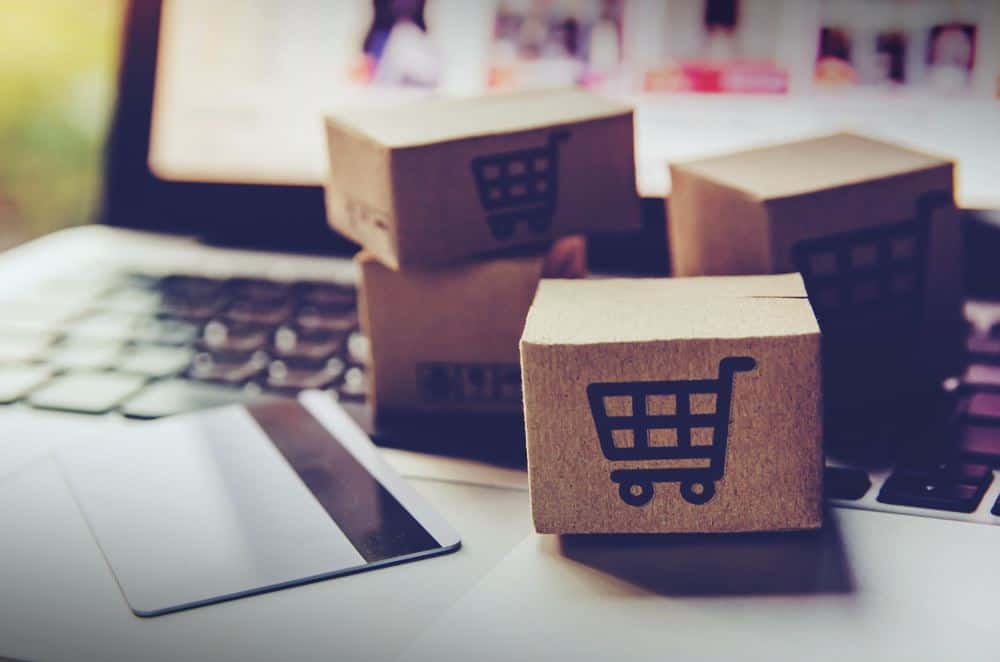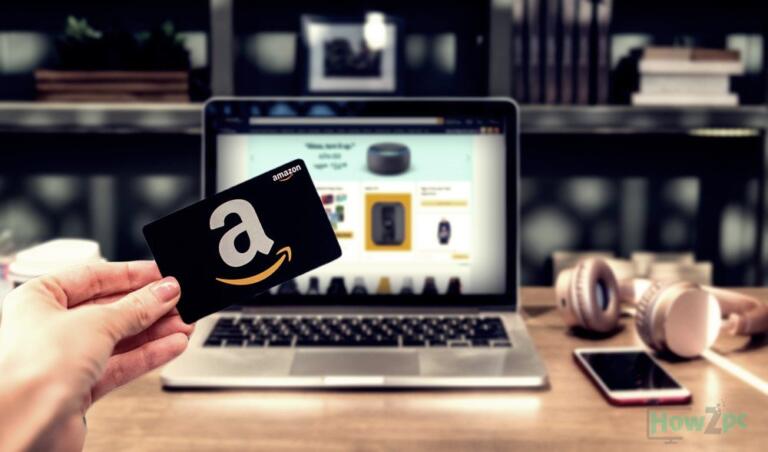The dispute between offline stores and online retailers is becoming more and more relevant today. Understanding the differences between the two solutions is important for consumers and businesses, as each comes with distinct advantages and disadvantages. We will compare physical store vs online store and their benefits and drawbacks, offering insights into the contrasting worlds of offline and online buying experiences.
Balancing Convenience and Shopping Experience
Accessibility and Convenience
Physical stores provide immediate access to products and services. Customers can touch, feel, and try products before making a purchase. Additionally, they can receive personalized assistance from knowledgeable staff members who can offer guidance and recommendations.
On the other hand, online shops offer 24/7 accessibility from anywhere with an Internet connection. They provide the convenience of browsing and purchasing products from the comfort of one’s home. Online shops also offer a wide variety of products and services available at the click of a button.
Cost and Pricing
Prices in physical shops are frequently higher because of overhead expenses, including rent, utilities, and employee wages. Customers may have trouble comparing prices without visiting many stores, making it difficult to find the best deals. However, physical retailers may provide in-store discounts and the chance for haggling.
Online shops, on the contrary, frequently have lower overhead costs allowing them to provide competitive prices. Customers can quickly and easily compare costs across multiple websites, giving them the information they need to make wise decisions and find better proposals.
Product Selection and Availability
Since physical stores usually have limited space, they sometimes can’t stock a wide variety of goods. Thus, customers might not find the exact item they want in a physical store.
Online stores have huge virtual spaces that can hold a variety of goods. They can provide a wider range, including niche and specialty products that are harder to find in usual stores. Shopping sites can also use dropshipping and third-party vendors to expand the range of products they offer.
Customer Experience
Customers can interact with the merchandise at physical stores, experience the environment firsthand, and get immediate satisfaction from their purchases. Additionally, knowledgeable employees are available to them for support, promoting a friendly and interesting encounter. In contrast, Internet stores imitate the shopping experience by using user interfaces and product descriptions. Certain consumers may miss the tactile experiences and one-on-one interactions, even though augmented reality and virtual reality have improved online retailers.
Logistics and Delivery
Physical stores give the advantage of immediate product availability. Customers can purchase and use the product instantly without waiting for shipping or delivery. It is particularly beneficial for urgent purchases or last-minute shopping needs. However, online shops have the advantage of doorstep delivery, saving customers time and effort. They also provide the option for international shipping, allowing access to products that may not be available locally.
The Future of Retail: Embracing Integration and Personalization
- Omnichannel retail. One important trend is the rise of omnichannel retail, with companies merging physical and online stores to provide a seamless shopping experience. Customers can use this strategy to browse things online, buy them using a variety of channels, and even return them using a preferred manner. Businesses can better serve a larger range of client preferences and increase general customer satisfaction by employing the advantages of both physical and online platforms.
- Enhanced personalization. Both offline stores and online retailers are putting more emphasis on individualized experiences thanks to the growing usage of customer data and advanced analytics. Physical stores can use the RFID (Radio Frequency Identification) technology to track client preferences and provide personalized recommendations in real-time. Online stores can utilize client browsing and purchasing patterns to offer tailored product recommendations and marketing.
- Evolving technologies. The rapid advancements in technology, such as augmented reality (AR) and virtual reality (VR), are transforming customers’ interaction with products and making purchasing decisions. These technologies enable customers to visualize and experience products virtually, bridging the gap between the physical and online realms. As these technologies continue to improve and become more accessible, they have the potential to revolutionize the customer experience and blur the boundaries between physical and online shopping.
Conclusion
Both physical and online shops offer distinct advantages and disadvantages. Physical stores offer direct product access, individualized help, and a tactile shopping experience. Online stores provide convenience, a large selection of goods, affordable prices, and doorstep delivery. Customers’ final decision is based on personal tastes, product kind, and desired overall purchasing experience. The distinction between offline and online retail will probably continue to dissolve as technology develops, giving rise to new hybrid models that mix the best of both worlds.








